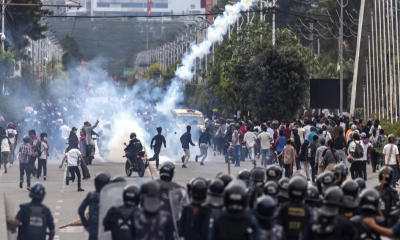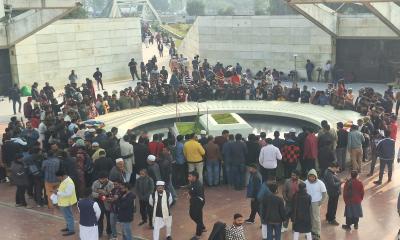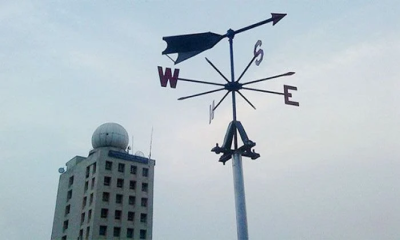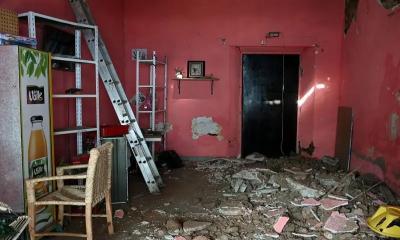The bodies of 33 people have been recovered from a landslide at a jade mine in northern Myanmar and rescuers are searching for at least three people believed to be missing, a rescue official said Wednesday.
In the landslide on Sunday in Hpakant, the center of the world`s largest and most lucrative jade mining district, earth and debris from several mines slid about 300 meters (1,000 feet) down a cliff into a lake below, carrying more than 35 miners with it.
About 150 rescuers using five small boats have recovered the bodies from the muddy lake in Manna village in Hpakant, a remote mountainous town in Kachin state about 950 kilometers (600 miles) north of Myanmar`s biggest city, Yangon, the leader of a local rescue team said. He said at least three people were feared missing.
He spoke on condition of anonymity because he feared arrest by the military-installed government.
The corpses were covered with green plastic sheets and placed in a row on the bank of the lake as relatives came to carry them away for cremation. All of the victims were men.
A miner who lost two relatives said local authorities provided about 700,000 kyats ($330) per victim as a contribution toward the cost of funerals.
Landslides occur several times a year in Hpakant`s jade mines. In July 2020, at least 162 people died in a landslide in the same area, and 113 were killed in a November 2015 accident.
Most victims are independent miners who settle near giant mounds of discarded earth excavated by heavy machinery used by mining companies.
They scavenge for bits of jade and usually work and live in abandoned mining pits at the base of the mounds, which become particularly unstable during the rainy season.
Most scavengers are unregistered migrants from other areas, making it hard to determine exactly how many people are missing after such accidents.
Human rights activists say jade mining is an important source of revenue for Myanmar`s military-installed government. Opponents of army rule advocate sanctions and boycotts to reduce jade sales.
Jade mining also plays a role in the decades-long struggle of ethnic Kachin rebel groups in Myanmar for greater autonomy.
The region is now embroiled in an armed conflict between the Kachin Independence Army and the military which has driven many civilians into displacement camps in nearby townships.





-20260107111805.webp)













-20260107070753.jpeg)

-(2)-20260102070806.jpeg)


-(25)-20251122062715-20260105041159.jpeg)








-20260103102222.webp)

